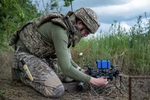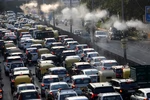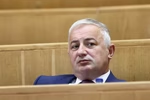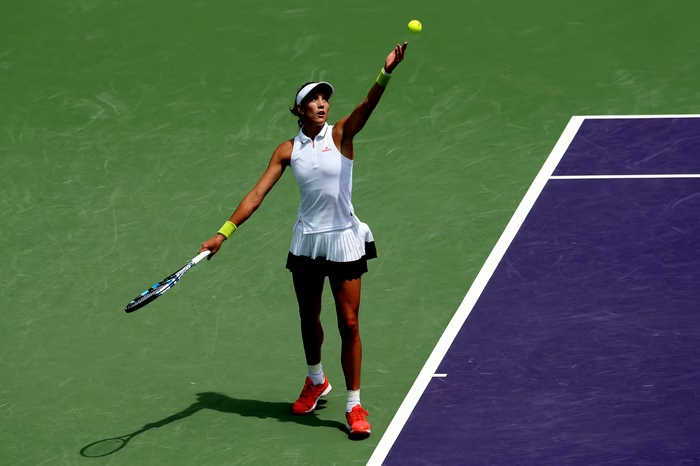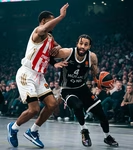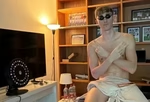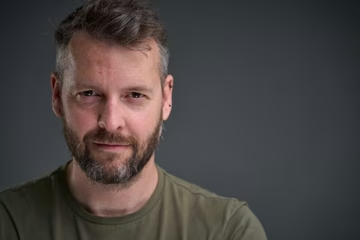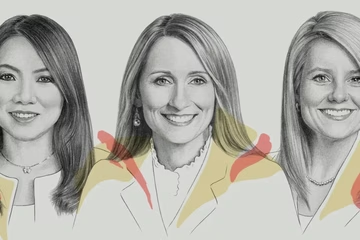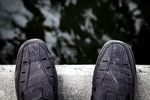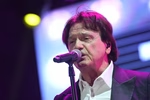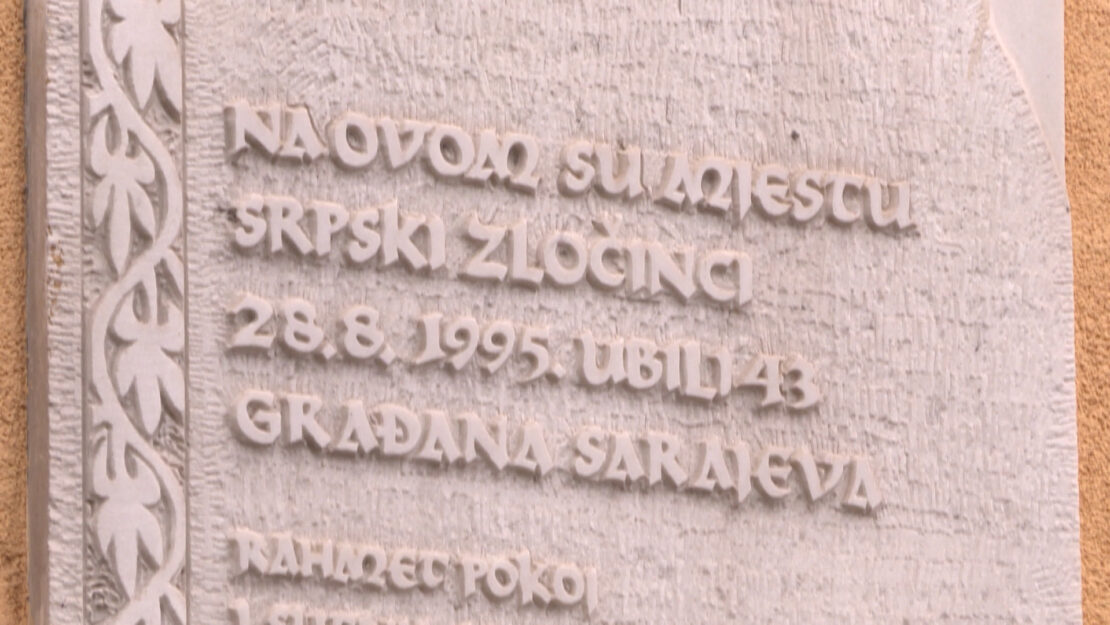
On this day in 1995, at the entrance to the City Market in Markale, 43 Sarajevo citizens were killed, while 84 were lightly and seriously injured.
A mortar shell fired from the direction of Trebevic exploded near the northern entrance to Sarajevo's City Market. On this day 29 years ago, Serb military, police and paramilitary formations committed another in a series of crimes in the war waged in Bosnia and Herzegovina from 1992 until the signing of the Dayton Peace Agreement in November 1995.
During the siege, the central city market was one of the few locations where it was possible to get food. That is how, on August 28, 1995, Markale was a place that meant survival for many. At 11 o'clock, five powerful detonations were heard, and Markale experienced a bitter fate.
After the massacre, the first NATO military intervention followed. The Serb military-political leadership was forced to open the blockade of Sarajevo and withdraw the artillery from positions around the BiH capital.
The Serb side never claimed responsibility for the massacre that took place on August 28, 1995. They claimed that the Republic of BiH Army was behind the attack. However, the facts that were presented before the Hague Tribunal irrefutably denied them.
Experts who later testified in the Hague trials confirmed that the shell was fired on Markale from the position of Republika Srpska Army position. One of the prosecution’s witnesses, the former UNPROFOR BiH member, David Harald, said during the Radovan Karadzic trial that “there was no dillema” that the shell came from the RS Army position.
“The UNPROFOR commander at the time, British General Rupert Smith, deliberately stated that it was ‘not clear’ from where the shell was fired in order to gain time for the withdrawal of UNPROFOR soldiers from Serb territories, before massive NATO airstrikes on the positions of the RS Army around Sarajevo. He assessed that this tactical statement by General Smith ‘contributed to the myth that maybe someone else fired the shell’ at Markale,” Harland testified.
However, all of the above did not prevent Serb analysts from continuing to claim that the RBiH Army is behind the Markale massacre.
In the crime that took place at the northern entrance to Sarajevo's City Market on August 28, 1995, right before the end of the war in Bosnia and Herzegovina, the following people were killed: Omer Ajanovic, Hidajet Alic, Salko Alic, Zeno Basevic, Husein Baktasevic, Sevda Brkan-Kruscica, Vera Brutus-Djukic, Halida Cepic, Pasa Crncalo, Mejra Cocalic, Razija Colic, Esad Coranbegic, Dario Dlouhi, Salko Durakovic, Alija Dzevlan, Najla Fazlic, Rijad Garbo, Ibrahim Hajvaz, Meho Herceglic, Jasmina Hodzic, Hajrudin Hozo, Jusuf Hasimbegovic, Adnan Ibrahimagic, Ilija Karanovic, Mesudija Kerovic, Vehid Komar, Muhamed Kukic, Mirsad Kovacevic, Hasim Kurtovic, Ismet Klaric, Masija Loncar, Osman Mahmutovic, Senad Muratovic, Goran Poturkovic, Blazenka Smoljan, Hamid Smajlhodzic, Hajro Satrovic, Samir Topuzovic, Hamza Tunovic, Ajdin Vukotic, Sabaheta Vukotic, Meho Zeco and Narima Ziga.
A year and a half earlier, on February 5, 1994, a shell also fell on Markale from Serb positions around then-besieged Sarajevo, killing 68 and wounding 144 people.
The Hague Tribunal sentenced the high-ranking officers of the RS Army, Stanislav Galic to life imprisonment, and Dragomir Milosevic to 29 years for war crimes against the inhabitants of Sarajevo, including the two massacres in Markale. The Markale massacre is also mentioned in the verdicts of Radovan Karadzic and Ratko Mladic, who were sentenced to life imprisonment for genocide and the siege of Sarajevo.
Kakvo je tvoje mišljenje o ovome?
Učestvuj u diskusiji ili pročitaj komentare





 Srbija
Srbija
 Hrvatska
Hrvatska
 Slovenija
Slovenija









